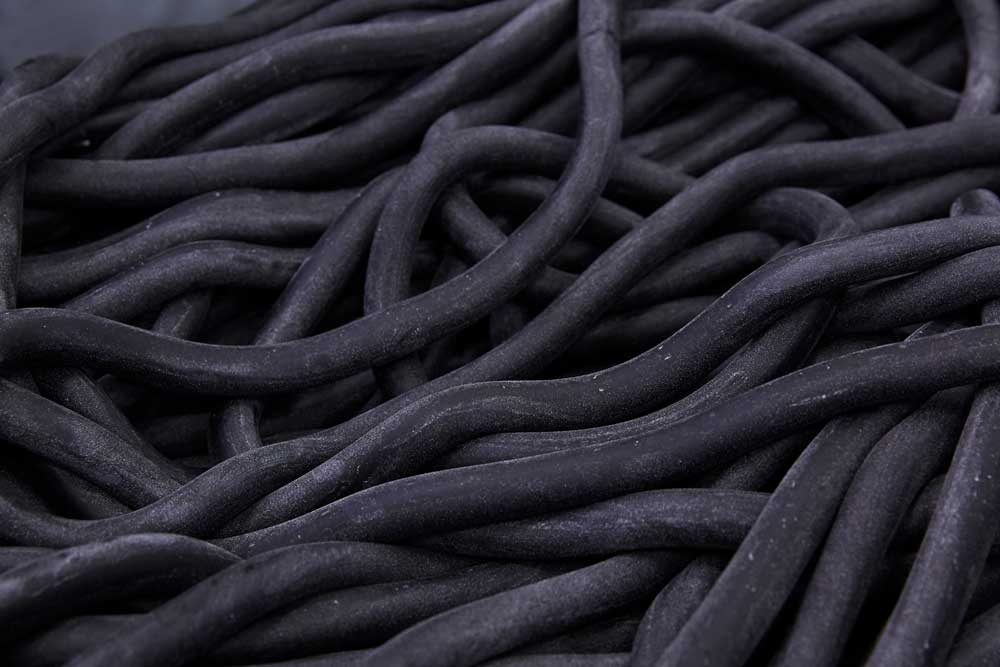
Wear Resistant/ Lubricated Compounds
There are a variety of techniques to enhance the wear resistance of a rubber component.
A common technique includes the introduction of low friction fillers, such as PTFE, molybdenum disulfide or graphite into the compound during mixing. These wear resistant compounds have proven to provide longer life in applications involving frequent reciprocation.
A unique method used by Minnesota Rubber and Plastics to provide friction reduction is the addition of lubrication chemicals into the elastomer mixture. These chemicals modify the surface of the part to provide an “internally lubricated” compound which greatly reduces surface friction. (See table.) The mechanism of the lubricant does not affect the long-term physical properties of the rubber part. The internally lubricated compounds are designed for intermittent or slow cycling type applications. It is recommended that designs with long idle times make use of these compounds to assure minimum startup friction.
Coefficient of Friction Comparisons
| Hardness Shore A | Polymer | Compound | Type | Coefficient of Friction Static | Coefficient of Friction Dynamic |
|---|---|---|---|---|---|
| 70 | EPDM | 559N | STANDARD | 0.57 | 0.64 |
| 70 | EPDM | 560RJ | LUBRICATED | 0.18 | 0.17 |
| 90 | EPDM | 559GT | STANDARD | 0.55 | 0.54 |
| 90 | EPDM | 561NA | LUBRICATED | 0.30 | 0.15 |
| 70 | NBR | 366Y | STANDARD | 1.10 | 1.02 |
| 70 | NBR | 366HA | LUBRICATED | 0.17 | 0.17 |
| 70 | NBR | 525K | STANDARD | 2.10 | 2.33 |
| 70 | NBR | 525EX | LUBRICATED | 0.15 | 0.09 |